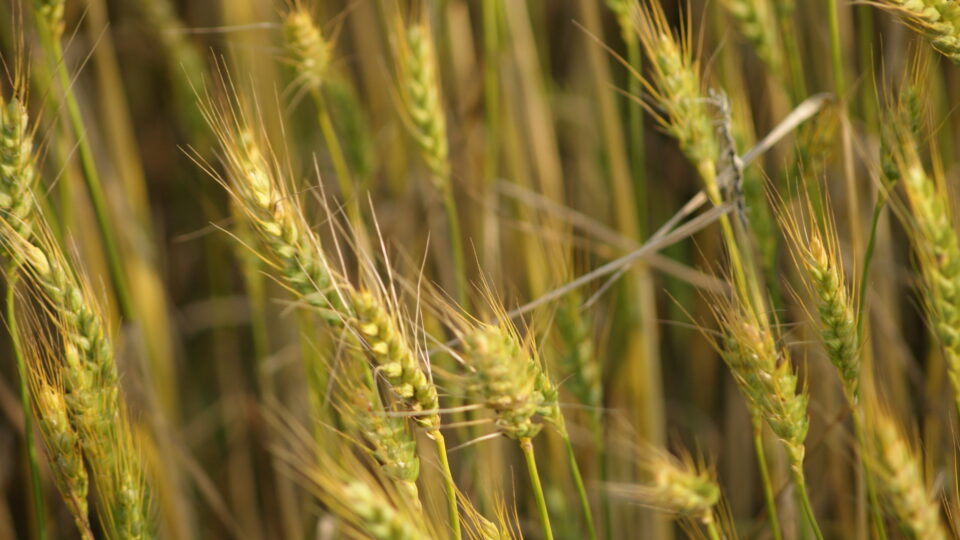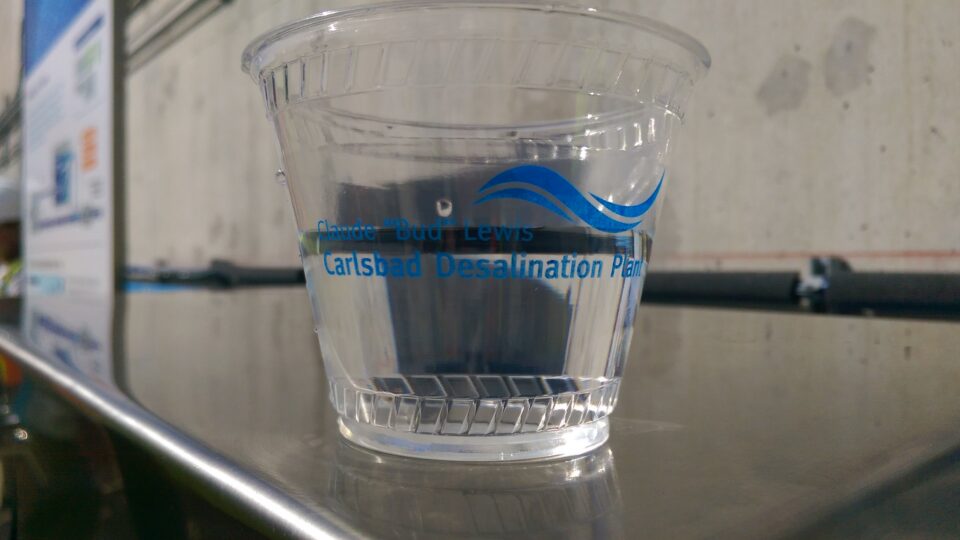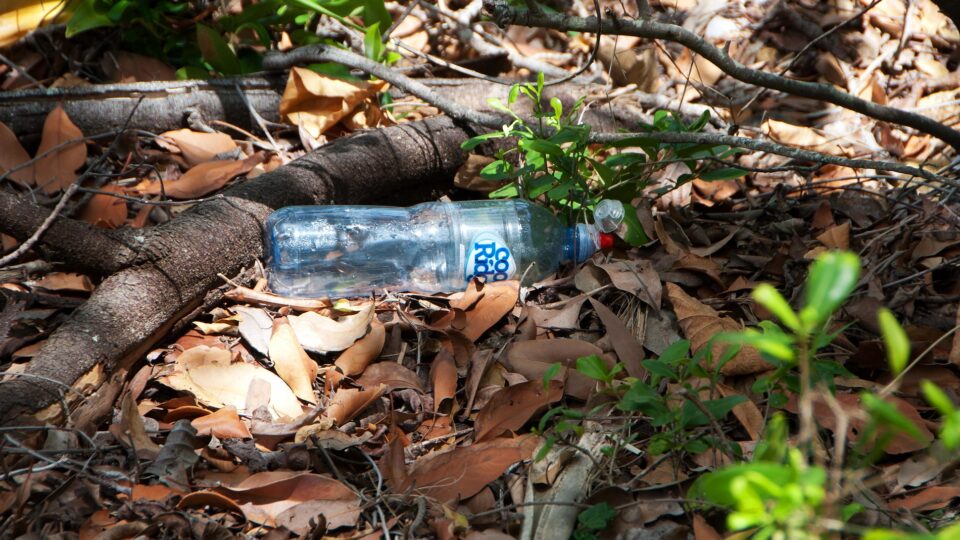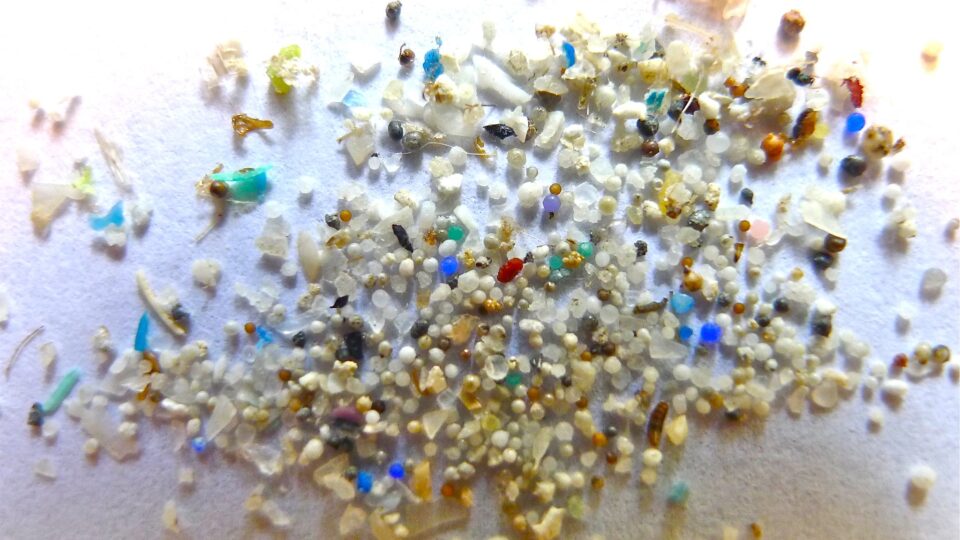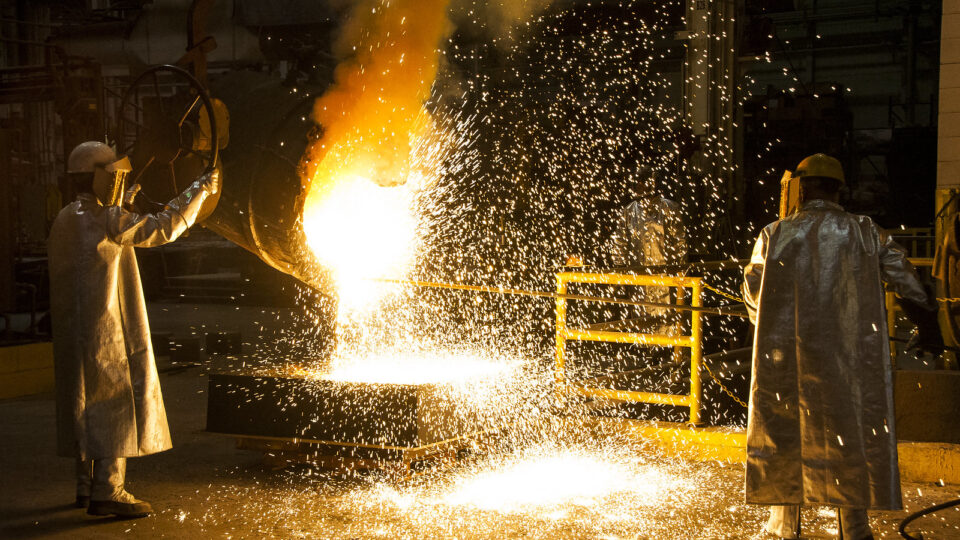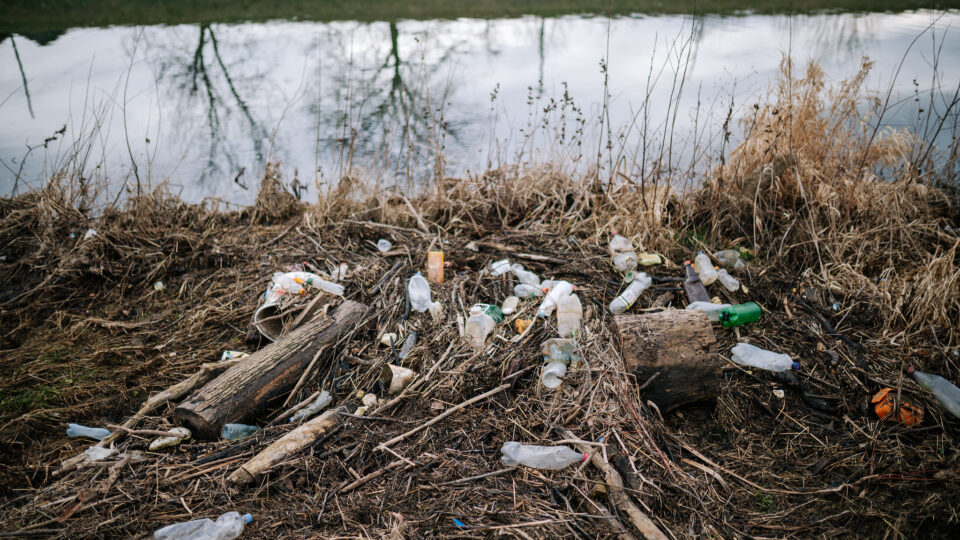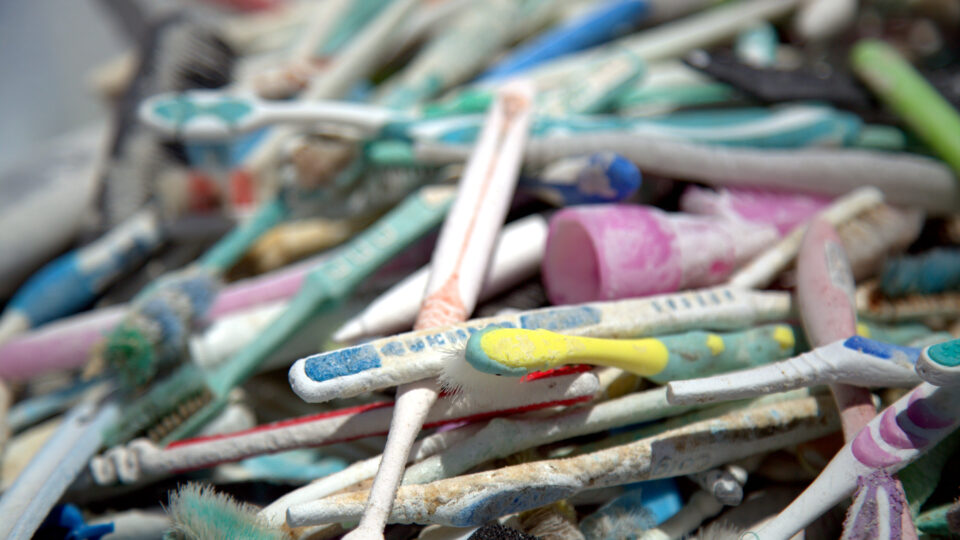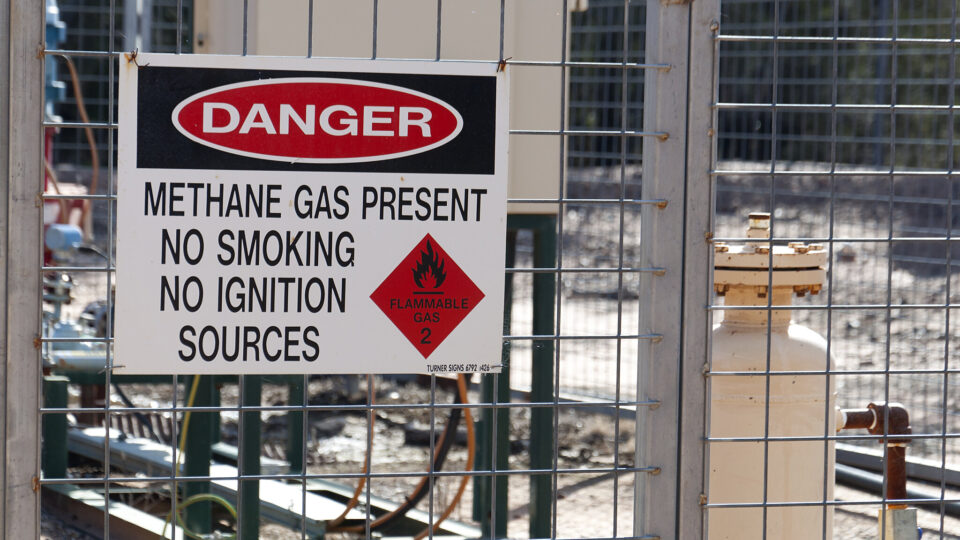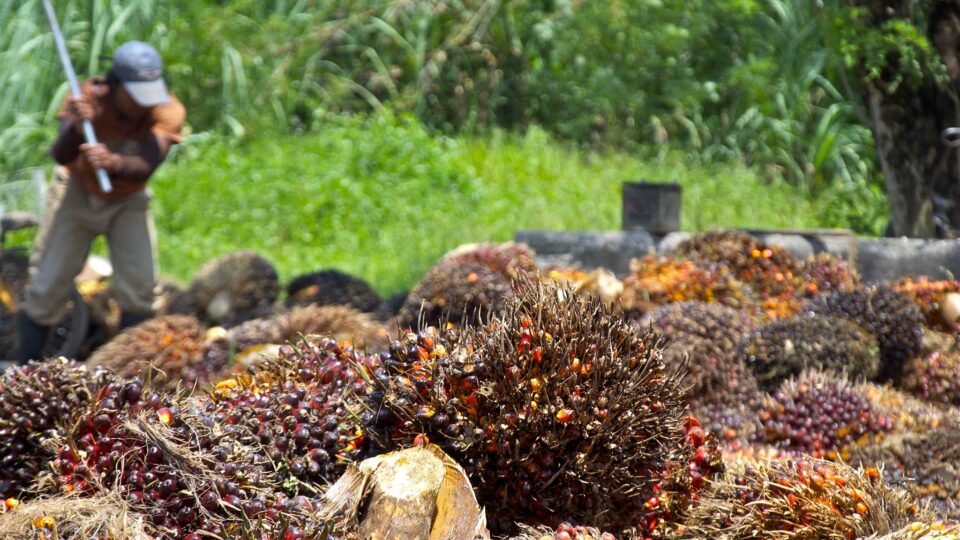Plastic pollution is a growing problem for people and for the environment in multiple ways. When plastics break down over time, they can form small particles called microplastics – bits smaller than sesame seeds – and these, in turn, can break down into even smaller pieces called nanoplastics. They are too small to be seen with the naked eye and can enter the body’s cells and tissues.
Recent studies have shown that nanoplastics are increasingly showing up in bottled water. In fact, measurements on several popular brands of bottled water found an average of nearly a quarter million tiny pieces of plastic in a single liter of bottled water.
The health effects of ingesting all of this plastic are not really known, but they are unlikely to be anything good. Finding a way of avoiding this contamination of the beverages we drink is a pressing need.
Researchers at the University of Missouri have created a new liquid-based solution that eliminates more than 98% of microscopic plastic particles from water. The method makes use of water-repelling solvents made from safe, non-toxic natural ingredients. A small amount of this designer solvent absorbs plastic particles from a large volume of water.
The solvent sits on the water’s surface. When mixed with the water, it absorbs the plastic and eventually comes back to the surface carrying the plastic leaving behind clean, plastic -free water.
Ultimately, the hope is to scale up the process so it can be applied to increasingly large amounts of water – even lakes and, eventually, oceans. There is work to be done, but it is a potential way to address an increasingly worrisome and pervasive form of pollution.
**********
Web Links
Mizzou scientists achieve more than 98% efficiency removing nanoplastics from water
Photo, posted August 9, 2012, courtesy of Enid Martindale via Flickr.
Earth Wise is a production of WAMC Northeast Public Radio

